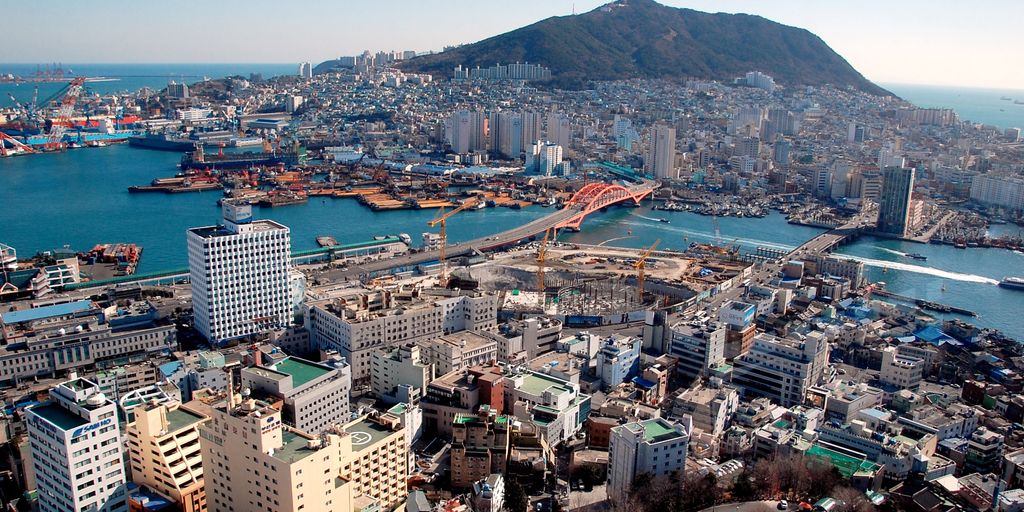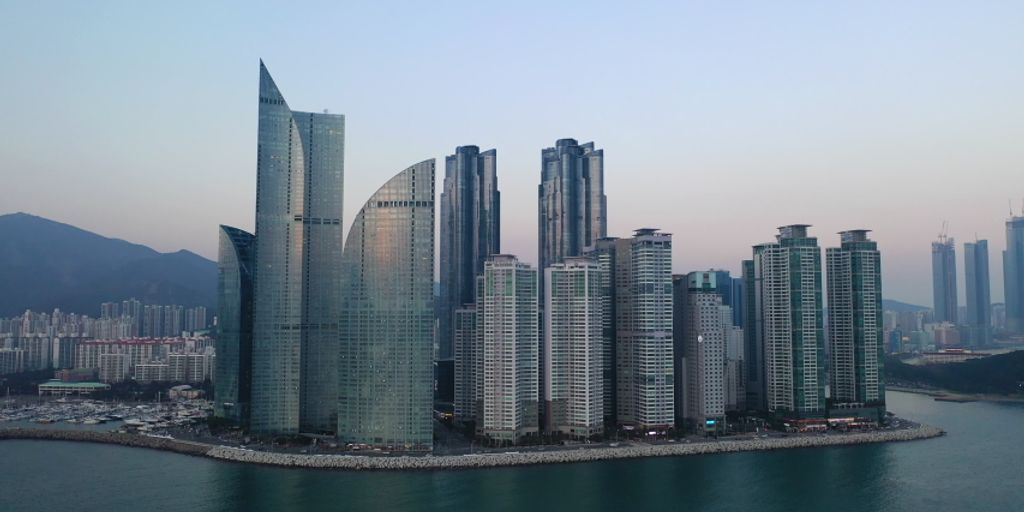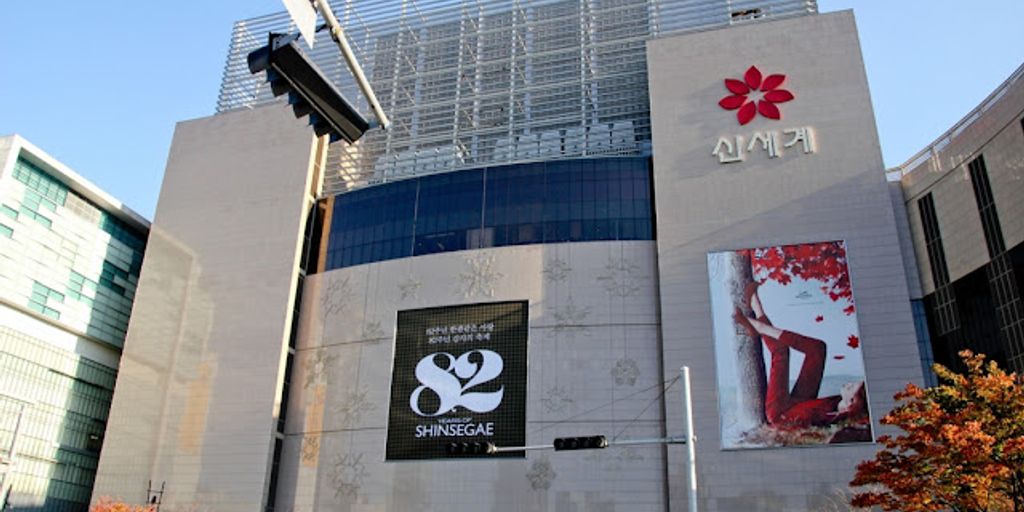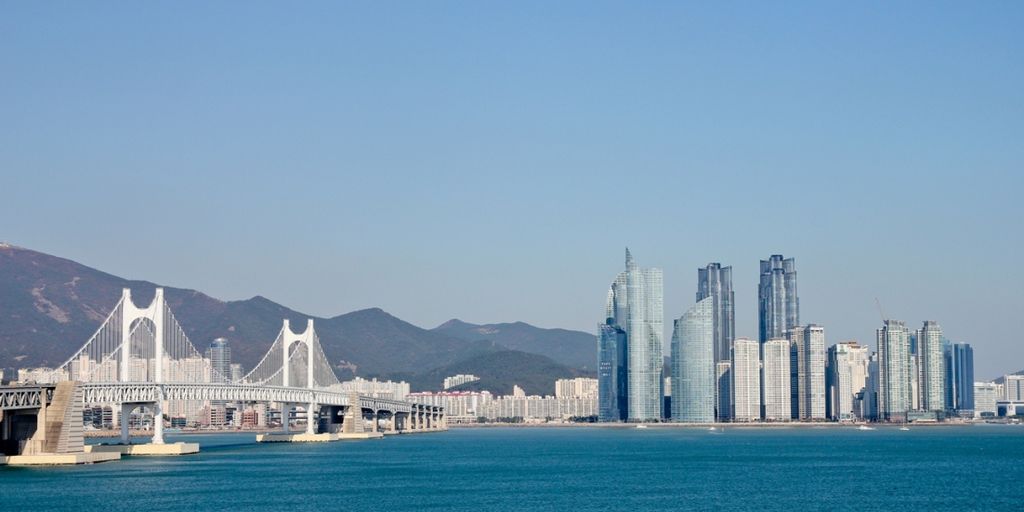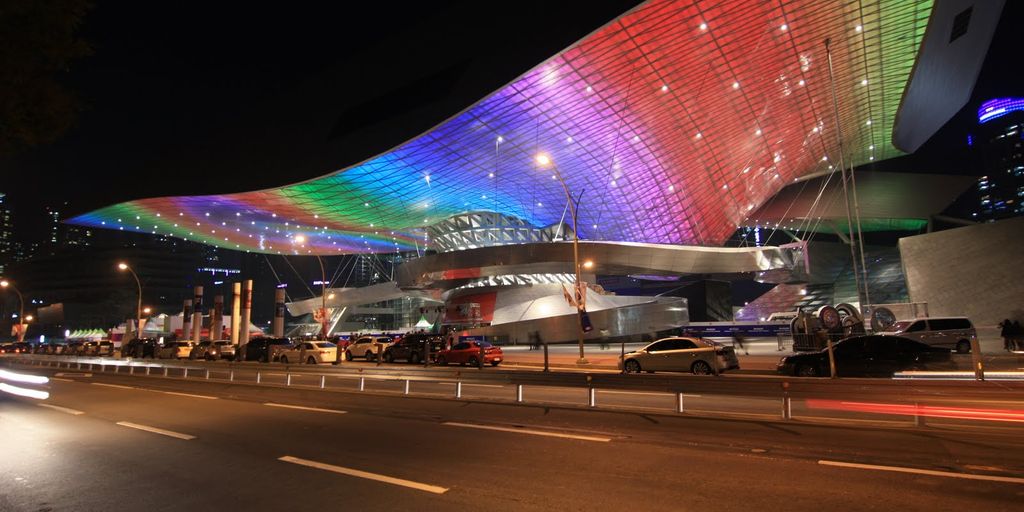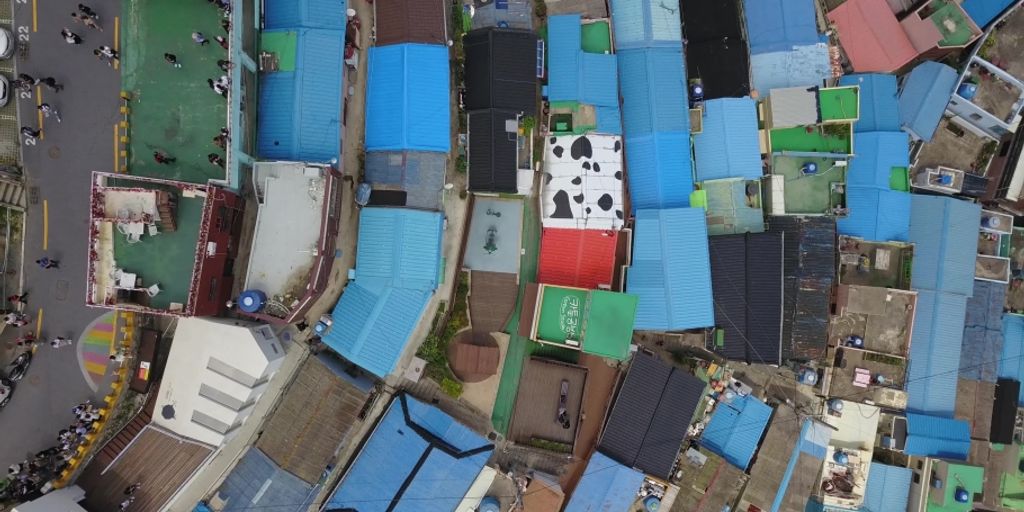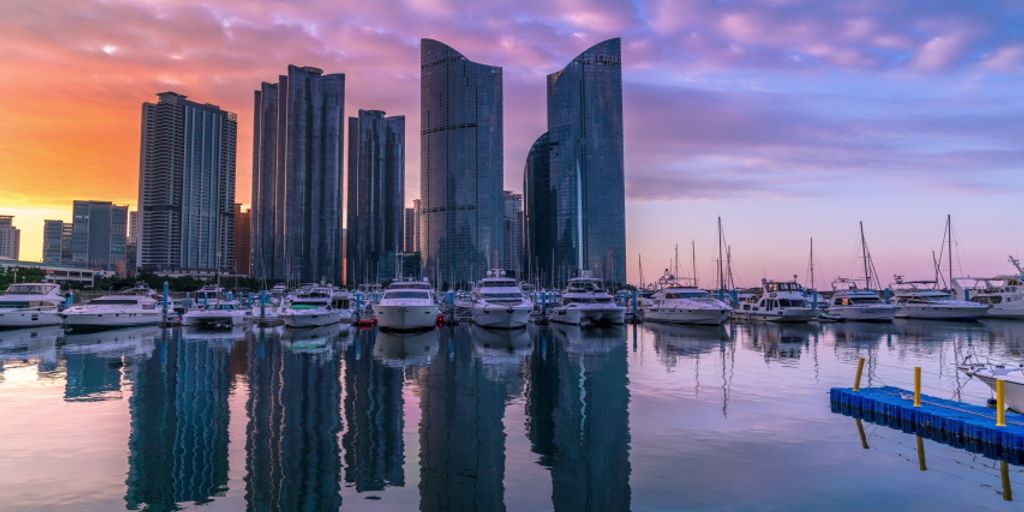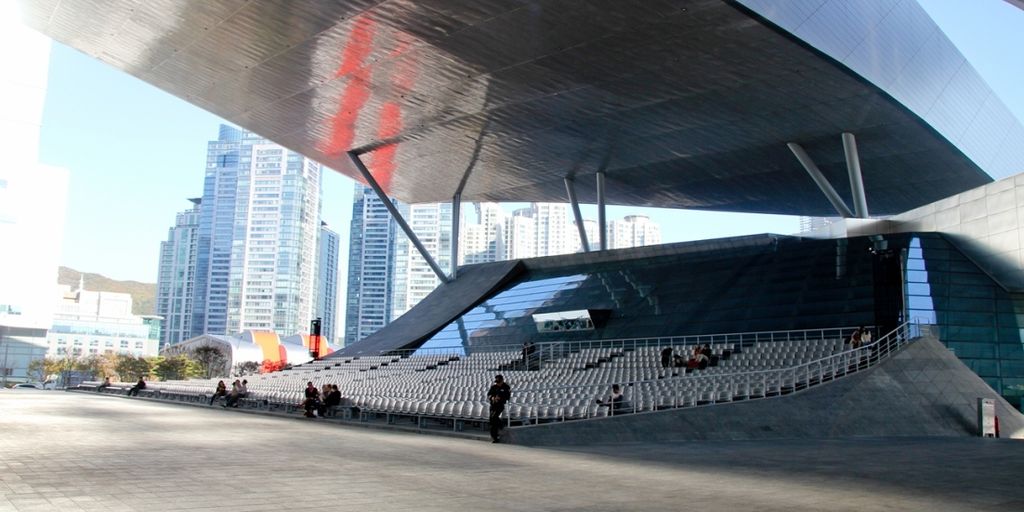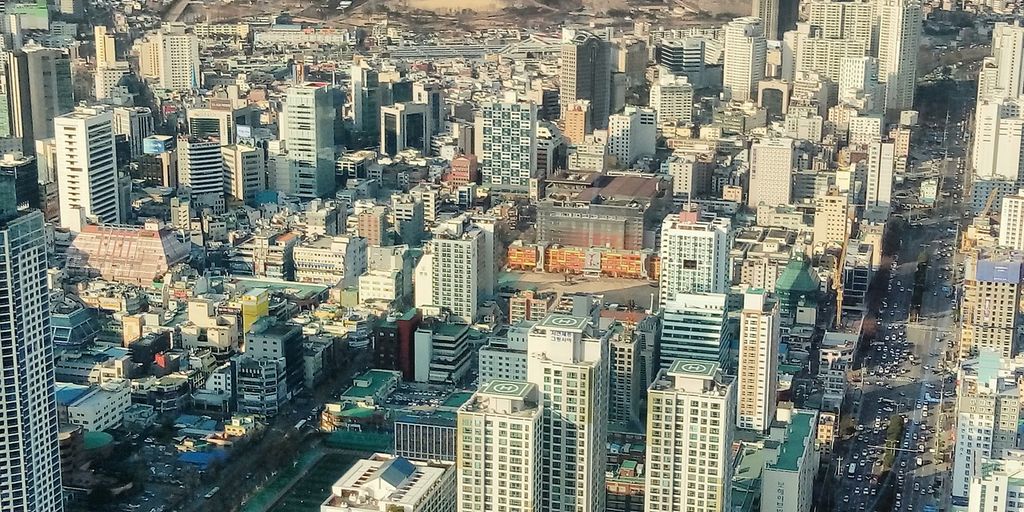Busan, South Korea’s bustling port city, offers a unique blend of vibrant nightlife, scenic landscapes, and cultural experiences. While it is relatively safe, taking precautionary measures can ensure a smooth and enjoyable trip. This article provides essential safety tips for travelers in Busan, covering various aspects such as nightlife, public transportation, accommodation, and more.
Key Takeaways
- Always choose safe and reputable venues when enjoying Busan’s nightlife to avoid potential risks.
- Stay alert and avoid isolated areas when using public transportation to ensure your safety.
- Research neighborhoods and read reviews to select secure accommodation options.
- Keep your personal belongings hidden and use anti-theft bags to prevent theft.
- Respect cultural norms and learn basic Korean phrases to interact politely with locals.
Staying Safe in Busan’s Nightlife
Busan has a lively nightlife with many bars, clubs, and live music spots. It’s important to be careful when going out at night. Keep your drink close and never leave it unattended. If someone offers you a drink, be cautious. Always trust your instincts and leave if you feel uncomfortable.
Choosing Safe Venues
Pick places that are well-known and have good reviews. It’s a good idea to ask locals or your hotel staff for recommendations. They can guide you to safe and fun spots.
Staying Aware of Your Surroundings
Always be aware of what’s happening around you. If you feel uneasy, it’s okay to leave. Stick to areas where there are lots of people, as this can make you feel safer.
Getting Home Safely
Plan how you’ll get back to your accommodation before you go out. Use trusted transportation options like taxis or rideshare services. If you’re staying at a place like the Kimchee Guesthouse Busan, ask the staff for advice on the safest way to return.
Navigating Public Transportation

Getting around Busan using public transportation is both affordable and convenient. However, it’s important to stay safe while doing so. Here are some tips to help you navigate public transportation safely in Busan.
Using Buses and Trains
Buses and trains are generally safe and a great way to travel between districts. Always stick out your hand to hail a bus; otherwise, the driver might pass you by. Make sure to have your T-money transit card ready to tap when you board and get off.
Avoiding Isolated Areas
Choose busy, well-lit stations or stops. Avoid traveling alone at night, especially in isolated areas. Pre-plan your route and check bus and subway schedules in advance to avoid any surprises.
Staying Alert
Keep your valuables close and avoid displaying them in public. Use a crossbody bag or money belt to keep your belongings safe. Stay aware of your surroundings and be cautious of any suspicious behavior or individuals.
Public transportation in Korea is designed to be user-friendly, making it easy to navigate even for tourists. Just remember to stay alert and take basic precautions to ensure a safe journey.
Choosing Secure Accommodation
When you’re traveling, picking a safe place to stay is super important. Here are some tips to help you choose the best spot in Busan.
Researching Neighborhoods
Before you book, make sure to look up the neighborhood. Check that the hotel or guesthouse is in a safe and well-lit area. It’s best if it’s close to public transport and major attractions. Avoid places that are secluded or have a high crime rate.
Reading Reviews
Read reviews from other travelers to see what they say about the safety of the place. It’s a good idea to book hotels that are recommended by friends or trustworthy travel websites.
Checking Security Features
Look for hotels that have extra security measures like CCTV, locked entrances, or security personnel. Make sure the doors and windows in your room can be locked properly.
For affordable comfort in Busan, check out Oneway Guesthouse. They offer various room options, including group accommodations, and have facilities like a common area, kitchen, and laundry service.
By following these tips, you can find a safe and secure place to stay in Busan and enjoy your trip without worries.
Managing Personal Belongings
Using Anti-Theft Bags
When you’re out and about in Busan, it’s a good idea to use anti-theft bags. These bags have special features like lockable zippers and cut-proof materials to keep your stuff safe. Always keep your bag close to you and avoid placing it in overhead racks where you might forget it.
Keeping Valuables Hidden
Make sure to keep your valuables hidden. Don’t flash your cash or expensive gadgets around. If you have to carry a lot of money, use a money belt that you can wear under your clothes. This way, your important items stay out of sight and safe from pickpockets.
Being Cautious with Money
Only carry the cash you need for the day and leave the rest in a secure place at your accommodation. Consider using a credit or debit card for most purchases. This way, you won’t have to worry about losing a lot of money if something goes wrong.
Keeping your belongings safe is all about being aware and prepared. A little caution can go a long way in making sure your trip is enjoyable and stress-free.
Interacting with Locals
Interacting with the locals in Busan can be a fun and enriching experience. However, it’s important to be mindful of cultural differences and language barriers. Here are some tips to help you get along with the people you meet.
Respecting Cultural Norms
When you’re in Busan, always remember to be respectful of local customs. For example, when greeting someone older or in a position of authority, use the appropriate title like ‘ajumma’ or ‘ajussi’. Being mindful of these simple customs will help you interact with locals in a positive way.
Learning Basic Korean Phrases
Knowing a few basic Korean phrases can go a long way. Simple words like ‘hello’ (annyeonghaseyo), ‘thank you’ (kamsahamnida), and ‘goodbye’ (annyeong) can make your interactions smoother. Locals will appreciate your effort to speak their language.
Being Polite and Friendly
Koreans might seem a bit reserved at first, but they are generally very welcoming. A friendly smile and a polite attitude can open doors to new friendships. Don’t be afraid to start a conversation; many locals are eager to practice their English and learn about where you are from.
Remember, a little effort to understand and respect local customs can make your trip more enjoyable and meaningful.
Emergency Preparedness
Knowing Emergency Contacts
If you find yourself in a dangerous situation or need immediate help, call one of these emergency numbers:
- Police: 112
- Medical Emergencies: 119
- Fire: 119
For non-emergencies, like lost or stolen items, you can contact the Busan Metropolitan Police Agency’s Foreign Affairs Division at 051-901-9500.
Using Personal Safety Devices
Carrying personal safety devices can be a smart move. Items like whistles, pepper spray, or personal alarms can help you feel safer. Make sure you know how to use them and keep them handy.
Finding Help Quickly
If you ever feel unsafe, look for the nearest police station or public place. Staying in well-lit areas and around other people can also help you stay safe. Don’t hesitate to ask for help if you need it.
Remember, by taking some simple precautions, you can keep yourself safe while exploring Busan.
Exploring Busan Safely
Visiting Tourist Spots
Busan has many amazing tourist spots to explore. When visiting these places, it’s a good idea to create an itinerary and share it with a trusted friend or family member. This way, someone knows your whereabouts in case of an emergency. Stick to well-lit and busy areas to stay safe.
Staying in Well-Lit Areas
When you’re out and about, especially at night, make sure to stay in well-lit areas. Avoid going to unfamiliar neighborhoods and secluded areas alone. This will help you stay safe and enjoy your time in Busan.
Traveling in Groups When Possible
Traveling in groups is always a good idea. It’s not only more fun but also safer. If you’re exploring Busan’s attractions solo, try to join group tours or find travel buddies. This way, you can discover Korea: tradition and innovation blend for memorable adventures.
Conclusion
Traveling in Busan can be an incredible adventure, especially when you keep safety in mind. By following the tips and guidelines we’ve shared, you can explore the city with confidence and peace of mind. Remember to stay alert, respect local customs, and always have a plan. Whether you’re navigating public transportation, choosing accommodations, or simply enjoying the vibrant culture, a little preparation goes a long way. So pack your bags, stay safe, and have an unforgettable trip to Busan!
Frequently Asked Questions
Is Busan safe for solo female travelers?
Yes, Busan is generally safe for solo female travelers. However, it’s important to take standard safety precautions such as avoiding isolated areas, staying alert on public transportation, and choosing secure accommodation.
What should I do if I feel unsafe in Busan?
If you feel unsafe, seek help immediately. Keep emergency contact numbers handy, such as the local police (dial 112) and your country’s embassy. You can also use personal safety devices like alarms.
Are there any specific areas in Busan that I should avoid at night?
While Busan is relatively safe, it’s advisable to avoid poorly lit or isolated areas at night. Stick to well-populated and well-lit areas, especially if you are alone.
How can I ensure my belongings are safe while traveling in Busan?
Use anti-theft bags, keep valuables hidden, and be cautious with money. Avoid displaying expensive items and always stay aware of your surroundings.
What are some tips for using public transportation safely in Busan?
Stay alert, avoid isolated areas, and try to travel during busy times. If possible, sit near the driver or in well-populated sections of buses and trains.
How can I interact respectfully with locals in Busan?
Respect cultural norms, learn basic Korean phrases, and always be polite and friendly. Showing respect for local customs will enhance your travel experience.

